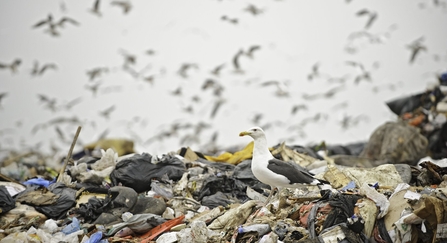What is “good status”?
To achieve Good Status overall, waters must meet a series of targets relating to fish, plants and other aquatic communities (“Good Ecological Status”) as well as certain pollutants (“Good Chemical Status”), in an approach known as “the one-out, all-out rule”. This rule says that if any one target is missed, the entire waterbody fails because it’s deemed not to be in good enough condition to provide for nature and for society. To use an analogy, a houseplant with plenty of soil in its pot but that you forget to water isn’t going to thrive – the rule makes good biological sense.


